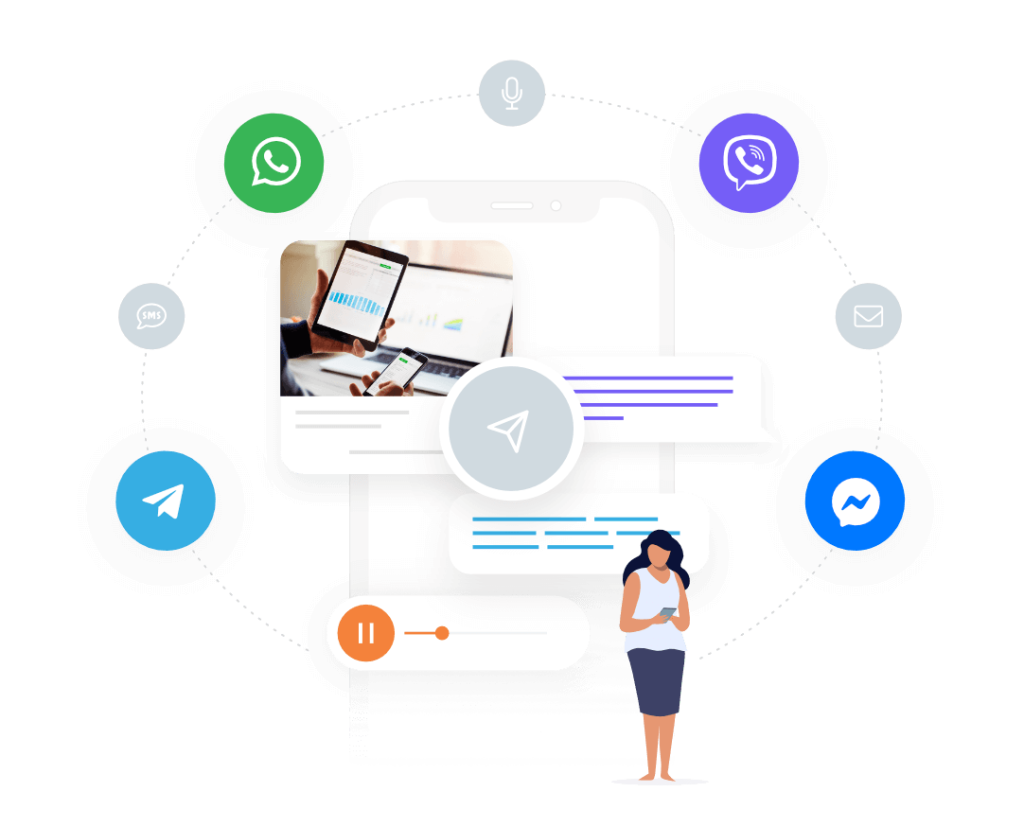
In the highly competitive e-commerce landscape, providing excellent customer service is the key to success. An omni-channel e-commerce platform plays a crucial role in achieving this goal.
I. What is an Omni-channel E-commerce Platform?
An omni-channel e-commerce platform integrates multiple channels such as websites, mobile apps, social media, and physical stores to offer a seamless shopping experience to customers. For example, a customer can start browsing products on a company’s website, add items to the cart, and then complete the purchase on their mobile app. They can also get product information and customer support through social media channels. This integration ensures that customers can interact with the brand in whichever way is most convenient for them.
II. Why is it Important for Customer Service?
1.Increased Convenience for Customers
- Anytime, Anywhere Access: Customers can access the e-commerce platform and get support 24/7. Whether they are at home, at work, or on the go, they can easily connect with the brand. For instance, if a customer has a question about a product late at night, they can use the mobile app to get an immediate response.
- Flexible Interaction Options: They can choose to communicate via chat, email, or phone, depending on their preference and the nature of their query. Some customers may prefer chatting with a customer service representative for quick answers, while others may opt for email for more detailed inquiries.
2. Improved Customer Experience
- Consistent Brand Image: Across all channels, the brand presents a unified image and message. This consistency builds trust and makes customers feel more confident in the brand. For example, the product descriptions and prices should be the same on the website and the mobile app.
- Personalised Service: By gathering data from different channels, the platform can offer personalised recommendations and support. If a customer has previously purchased certain products on the website, the mobile app can suggest related items when they visit again.

III. How to Build and Optimise an Omni-channel E-commerce Platform for Customer Service?
1. Integrate Channels Seamlessly
- Unified Backend System: Use a single backend system to manage inventory, customer data, and orders across all channels. This ensures that information is updated in real-time and there are no discrepancies. For example, when a product is out of stock on the website, it should also show as unavailable on the mobile app.
- Cross-channel Communication Tools: Implement tools that allow customer service representatives to communicate with customers across different channels. They should be able to see the entire customer history regardless of the channel used.
2. Train and Empower Staff
- Omni-channel Training: Provide training to customer service staff so that they can handle inquiries from different channels effectively. They should be familiar with the features and functions of each channel.
- Empowerment to Solve Problems: Give staff the authority to make decisions and resolve customer issues quickly. This reduces the need for customers to be transferred from one department to another.
3. Collect and Analyse Data
- Customer Behavior Data: Track customer behavior on each channel, such as the products they view, the time they spend on each page, and their purchase history. Use this data to improve the platform and customer service.
- Feedback Data: Regularly collect customer feedback through surveys and reviews. Analyse this feedback to identify areas for improvement and address any pain points.

In conclusion, an omni-channel e-commerce platform is essential for enhancing customer service in the e-commerce industry. By focusing on seamless integration, staff training, and data analysis, businesses can provide a superior customer experience and gain a competitive edge.





